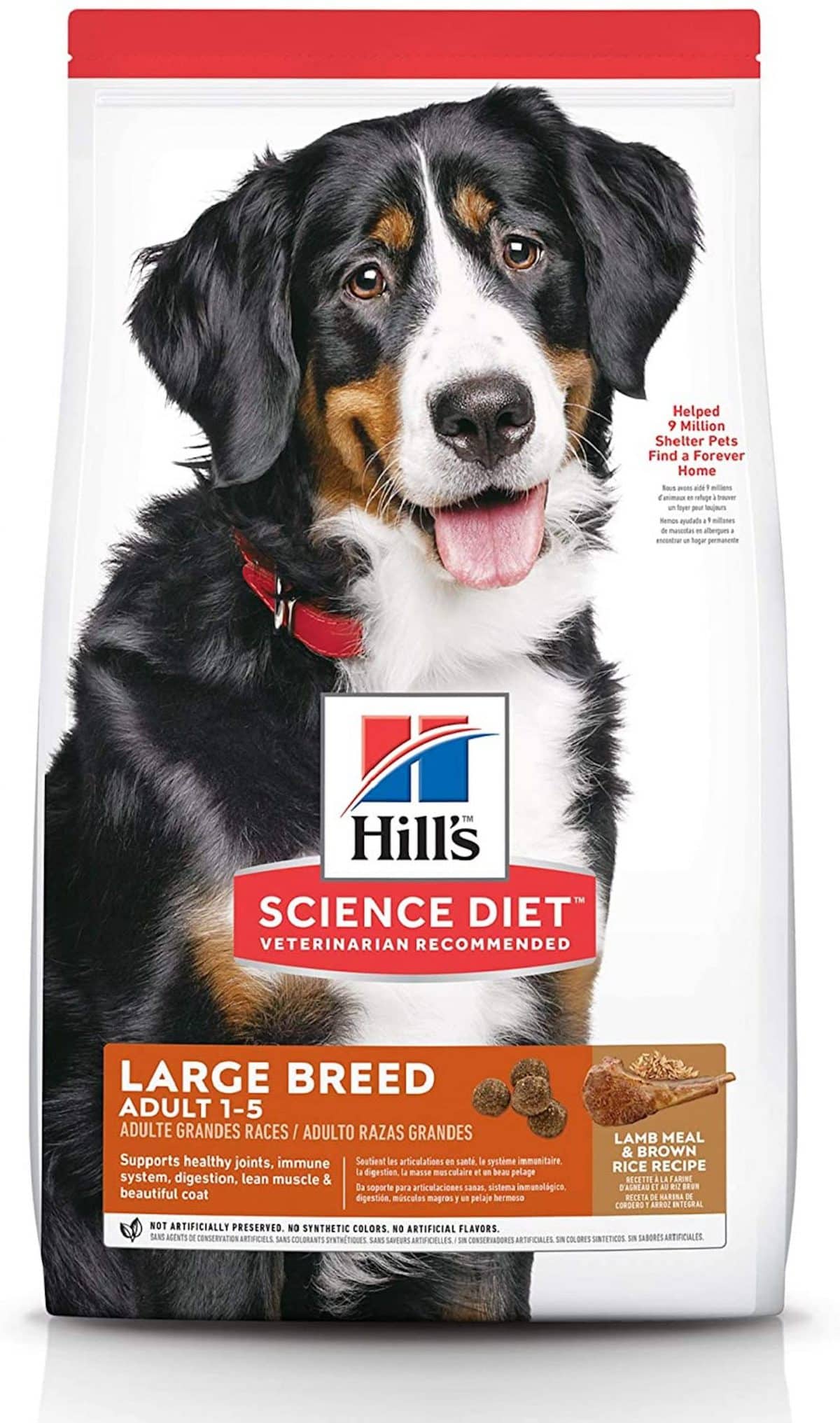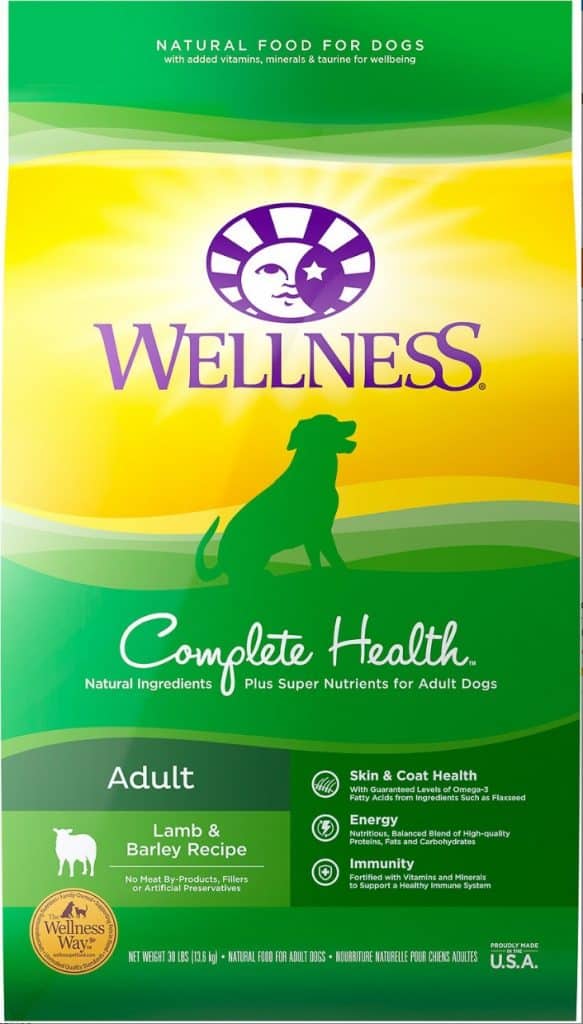
Low Sodium Dog Food for Heart Disease
As a responsible pet owner, you want to give your furry friend the best possible care, especially when they are facing health challenges. If your dog has been diagnosed with heart disease, one of the most important things you can do is to adjust their diet. A low-sodium diet is often recommended for dogs with heart disease to help manage their condition and improve their quality of life. In this article, we will explore the role of sodium in heart disease, the benefits of a low-sodium diet, and how to choose the right low-sodium dog food for your beloved companion.
Understanding the Role of Sodium in Heart Disease
Sodium is an essential mineral that plays a crucial role in maintaining fluid balance, nerve function, and muscle contractions in dogs. However, excessive sodium intake can have detrimental effects, particularly for dogs with heart disease. When dogs consume too much sodium, their bodies retain more water, increasing blood volume and putting extra strain on the heart.
In dogs with heart disease, the heart’s ability to pump blood effectively is already compromised. The added burden of increased blood volume can worsen their condition, leading to symptoms such as:
- Fluid accumulation in the lungs (pulmonary edema)
- Swelling in the abdomen (ascites)
- Difficulty breathing
- Coughing
- Lethargy
By reducing sodium intake, you can help alleviate these symptoms and reduce the workload on your dog’s heart.
Benefits of a Low-Sodium Diet for Dogs with Heart Disease
A low-sodium diet can provide numerous benefits for dogs with heart disease, including:
- Reduced Fluid Retention: Limiting sodium intake helps minimize fluid retention, reducing the risk of pulmonary edema and ascites.
- Lower Blood Pressure: A low-sodium diet can help lower blood pressure, easing the strain on the heart and improving circulation.
- Improved Heart Function: By reducing the workload on the heart, a low-sodium diet can help improve its function and efficiency.
- Symptom Management: A low-sodium diet can help manage the symptoms of heart disease, such as coughing, difficulty breathing, and lethargy, improving your dog’s quality of life.
- Slower Disease Progression: In some cases, a low-sodium diet may help slow the progression of heart disease, prolonging your dog’s life.
Choosing the Right Low-Sodium Dog Food
When selecting a low-sodium dog food for your furry friend, consider the following factors:
1. Consult with Your Veterinarian
Before making any changes to your dog’s diet, it’s essential to consult with your veterinarian. They can assess your dog’s specific needs, recommend an appropriate sodium level, and help you choose the right food.
2. Read the Label Carefully
Pay close attention to the nutrition label on dog food packaging. Look for the sodium content, which is usually expressed as a percentage or in milligrams per kilogram. Aim for a food with a sodium content of 0.4% or less on a dry matter basis.
3. Consider the Ingredients
Choose a dog food made with high-quality, wholesome ingredients. Look for real meat, such as chicken, beef, or fish, as the primary protein source. Avoid foods with excessive amounts of fillers, artificial additives, and preservatives.
4. Opt for a Veterinary-Specific Diet
Many pet food manufacturers offer veterinary-specific diets formulated for dogs with heart disease. These diets are carefully formulated to meet the specific nutritional needs of dogs with heart conditions and often have controlled sodium levels.
5. Dry vs. Wet Food
Both dry and wet dog food can be suitable for dogs with heart disease. However, wet food generally contains more moisture, which can help with hydration and kidney function. If you choose dry food, make sure your dog has access to plenty of fresh water.
6. Homemade Diet
If you prefer to prepare your dog’s food at home, work with a veterinary nutritionist to develop a balanced and low-sodium recipe. This ensures that your dog receives all the necessary nutrients while keeping sodium levels under control.
Tips for Implementing a Low-Sodium Diet
Here are some tips for implementing a low-sodium diet for your dog:
- Transition Gradually: Introduce the new food gradually over a week or two to avoid digestive upset.
- Avoid Table Scraps: Table scraps are often high in sodium and other unhealthy ingredients. Avoid feeding your dog table scraps to maintain a low-sodium diet.
- Read Treats Labels: Choose low-sodium treats or make your own using dog-friendly ingredients.
- Monitor Water Intake: Ensure your dog has access to fresh water at all times.
- Regular Vet Checkups: Schedule regular checkups with your veterinarian to monitor your dog’s heart health and adjust their diet as needed.
Conclusion
A low-sodium diet is a crucial component of managing heart disease in dogs. By reducing sodium intake, you can help alleviate symptoms, improve heart function, and enhance your dog’s quality of life. Always consult with your veterinarian before making any changes to your dog’s diet, and choose a high-quality, low-sodium dog food that meets their specific needs. With proper care and attention, you can help your furry friend live a longer, healthier, and happier life, even with heart disease.

